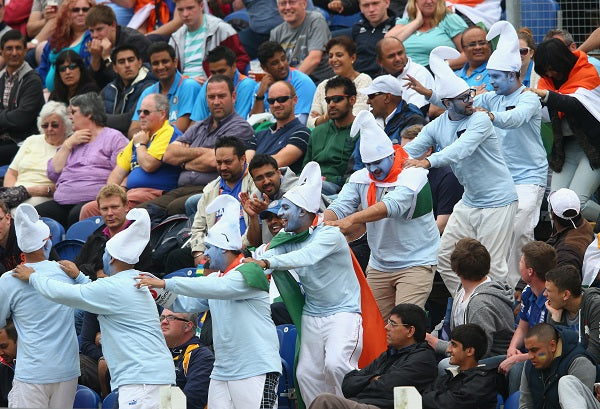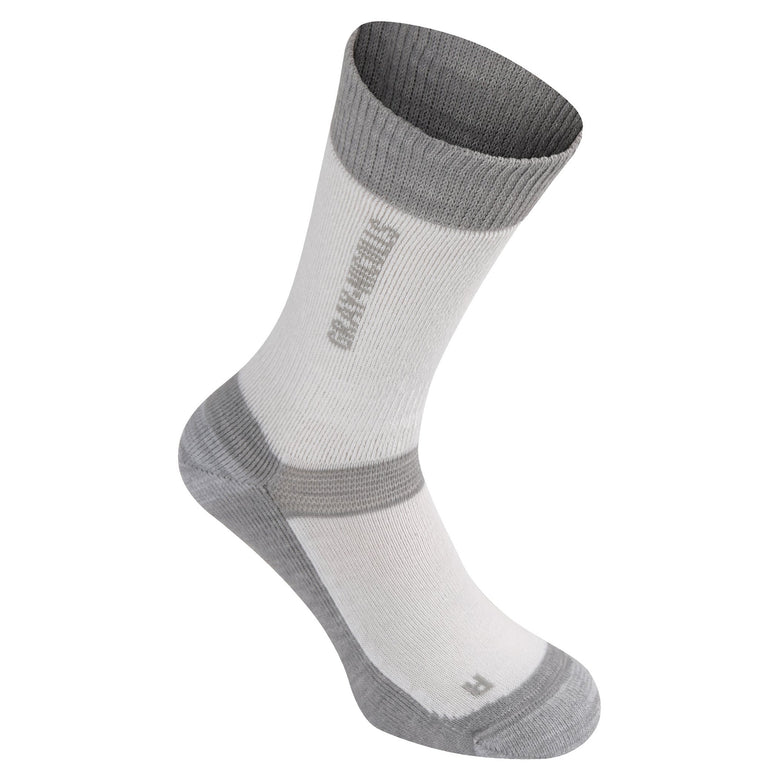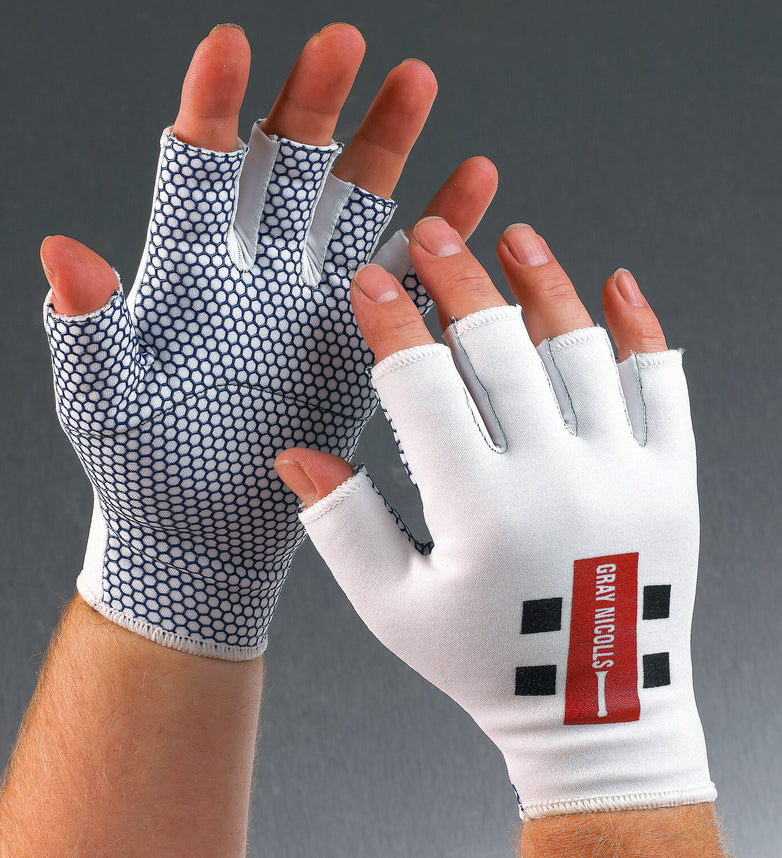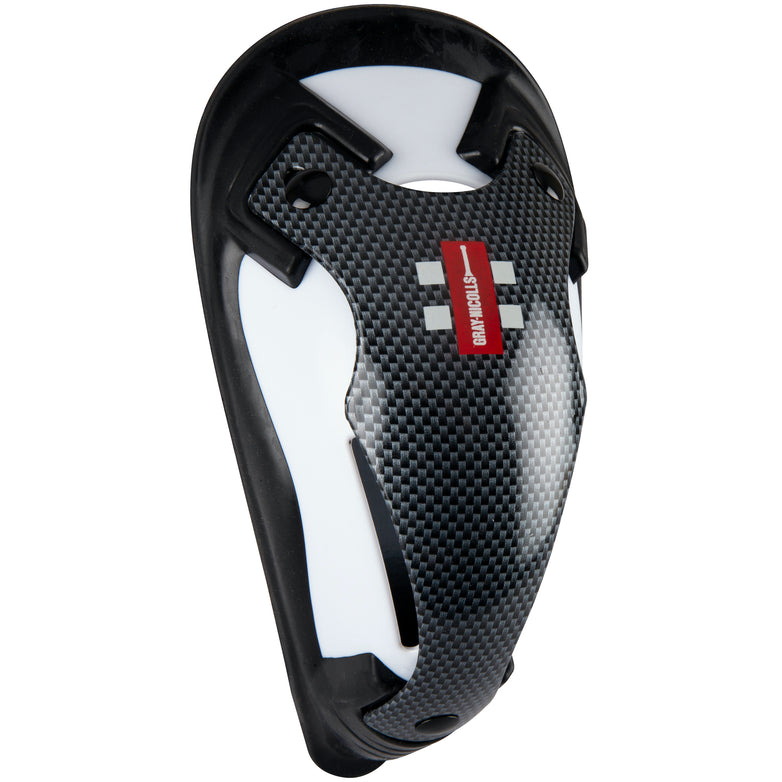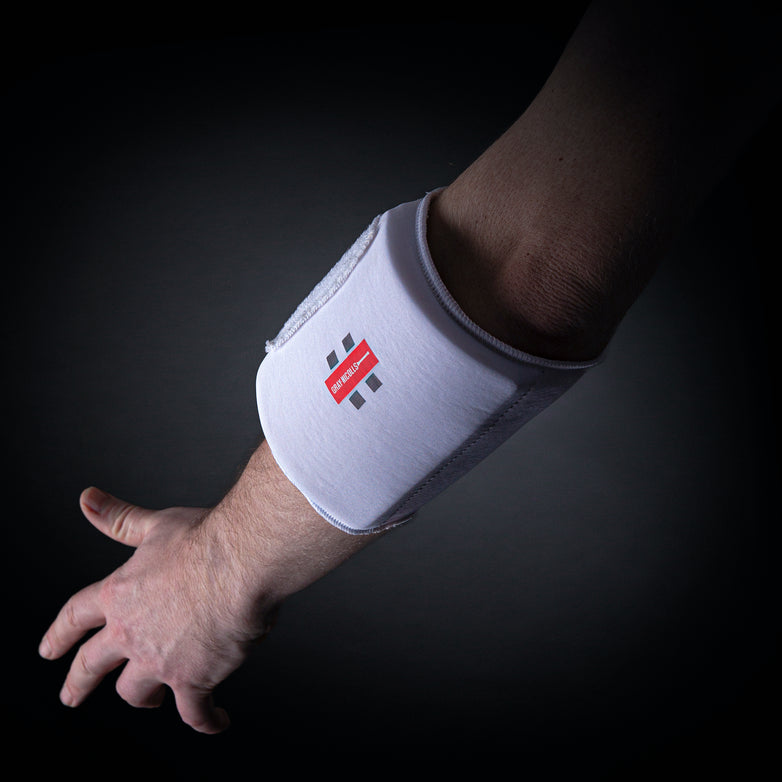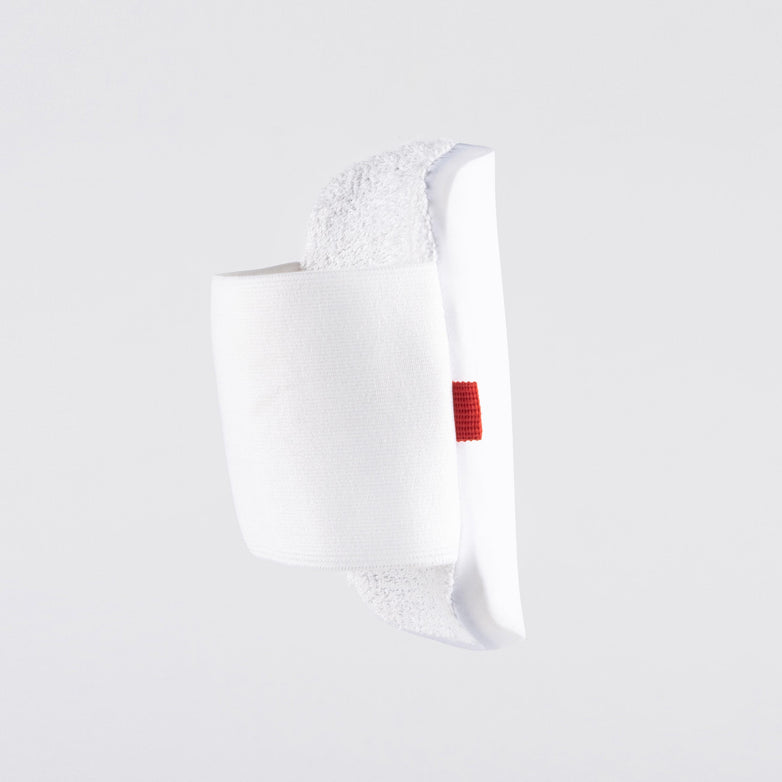The Home of Cricket Bat Craftsmanship
Tucked away in Robertsbridge, East Sussex, the Gray-Nicolls factory has been the heartbeat of cricket bat making for generations. It’s where tradition meets innovation, where centuries-old tools sit beside modern-day craftsmanship. This is where cricket bats destined for the hands of legends come to life.
A sleepy village in East Sussex has a huge impact on the world of cricket, but it would be easy to walk past without even knowing it was there. Robertsbridge is home to iconic cricket bat manufacturer Gray-Nicolls, but it’s not until you step foot inside the iconic bat factory that you realise the scale of what’s being created.
A Legacy That Spans Generations
Gray-Nicolls have been making cricket bats in Robertsbridge for 150 years, and the company is now into its fifth generation of Grays running the business. Over the course of one and a half centuries, Gray-Nicolls has become the iconic cricket bat brand in the sport, used at the absolute pinnacle of the game – World Cups, Test Matches and Ashes series.
The biggest names the sport has to offer have used Gray-Nicolls, going right back to the nineteenth and early 20th century with Ranjitsinjh, WG Grace and CB Fry.
Post World War II, the brand grew even stronger, becoming synonymous with success in Test cricket. Names such as Keith Miller, Ted Dexter, Richie Benaud and Frank Worrell all used Gray-Nicolls during their careers, before legends of the 60’s, 70s and 80s such as Barry Richards, Clive Lloyd, David Gower, Greg Chappell and more gave increased international exposure.
The Scoop is back - get your piece of history here



The 1990s to modern day have seen our player presence grow even stronger, starting with the brilliance of Brian Lara, the dominance of Matthew Hayden, the grit of Sir Alastair Cook, and the global appeal of the likes of Travis Head, Kane Williamson, Mohammad Rizwan, Harry Brook and Tammy Beaumont.
50 years ago we grew our international footprint by opening a new bat factory in Melbourne, Australia, and in the 1990s we began operating in Jalandhar, India.
The Art of Bat Making – Step by Step
The process of crafting a Gray-Nicolls cricket bat begins with a very specific type of English willow known as Salix alba caerulea, or cricket bat willow. These trees are cultivated for 15 to 20 years before the lower trunk—called the butt—is harvested. The wood is cross-cut into 29-inch lengths and then split, allowing craftspeople to inspect the timber's quality. This is the first opportunity to identify faults, check grain structure, and select the best pieces for bat making. Each "cleft"—a single sawn piece of willow—will eventually become one cricket bat. These clefts are dried to reach the optimal core moisture content for both performance and longevity.

After drying, the clefts are put through a rigorous quality control process to spot any knots, blemishes, or stains that could affect the final product. Once approved, the timber is pressed to strengthen it and enhance its rebound quality—crucial for power and feel. You can even hear the fibres tensioning during this stage. Following press, the handle is fitted by hand. The bat is then handed over to the final bat maker, who performs the precise work of shaping, balancing, sanding and polishing. This last stage gives the bat its signature look and feel, ready for the hands of cricketers around the world. From tree to finished product, the entire journey—including drying—can take two to three months.
Bats Made for the Best in the World
We have core shapes in our range that our professional players generally use. However, some will have more specific requests that fall into the custom category.
Ollie Pope, for instance, likes his bats to be around a quarter of an inch shorter than a standard blade, but with the handle a quarter of an inch longer. Some cricketers are much more particular with every detail.
Get Ollie's personal specifications here
Shivnarine Chanderpaul – the iconic West Indies batter – needed every element of his bat absolutely precisely made before he left the Gray-Nicolls factory.

Beyond the Factory – Gray-Nicolls in World Cricket
From the local playing field to Lord’s Cricket Ground, Gray-Nicolls bats make their way from Robertsbridge all around the world.
Travis Head used his Gray-Nicolls Nova bat to win the 2023 Cricket World Cup Final for Australia with a magnificent 137, while Harry Brook dominated Multan with a record breaking 317 in 2024. Wherever a big match is taking place, Gray-Nicolls is at the heart of the action.
The same level of care, attention and craft goes into every cricket bat Gray-Nicolls makes. Every piece of willow is different so must be treated as such. So whether you are buying a Pro Performance bat or an entry level Academy grade, it’s still made by hand.
View all our hand made cricket bats now
Read next: Which bat does Harry Brook use



























































































